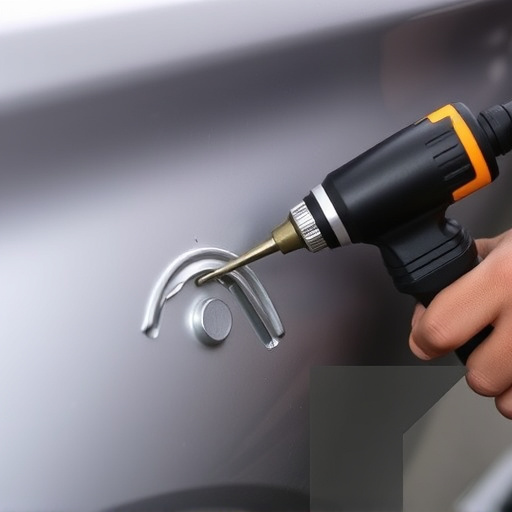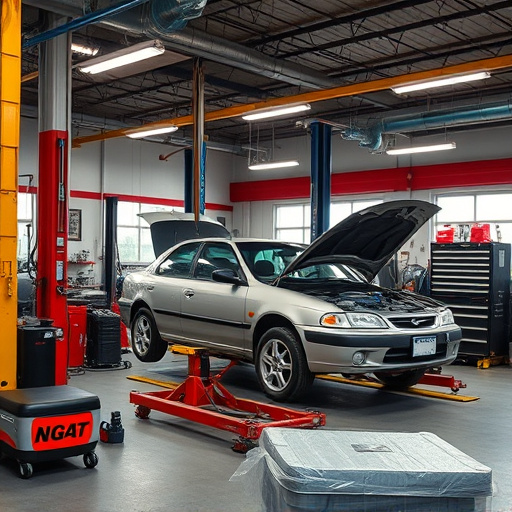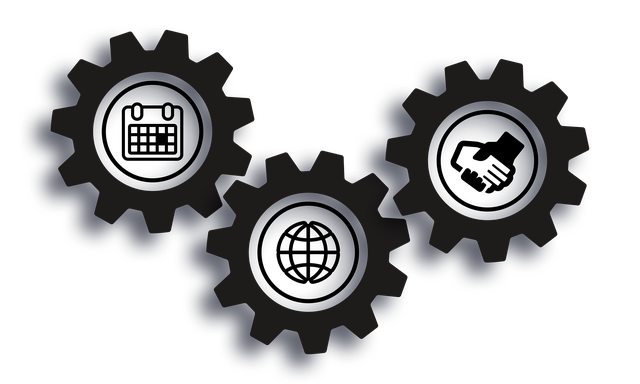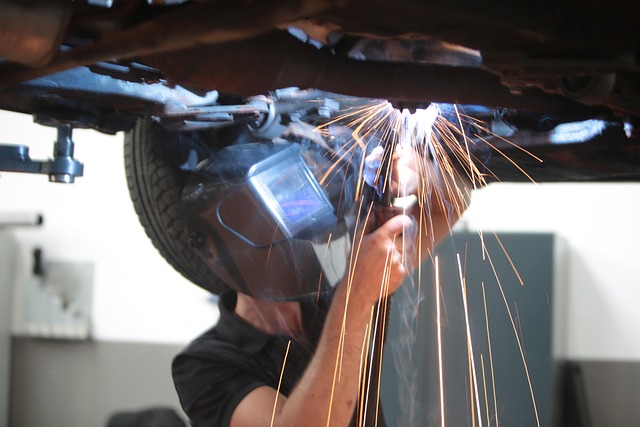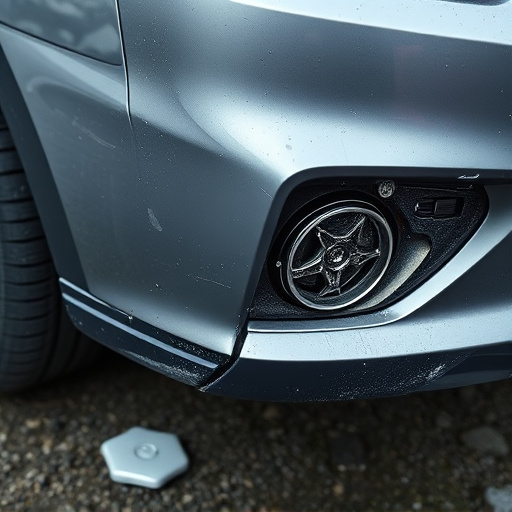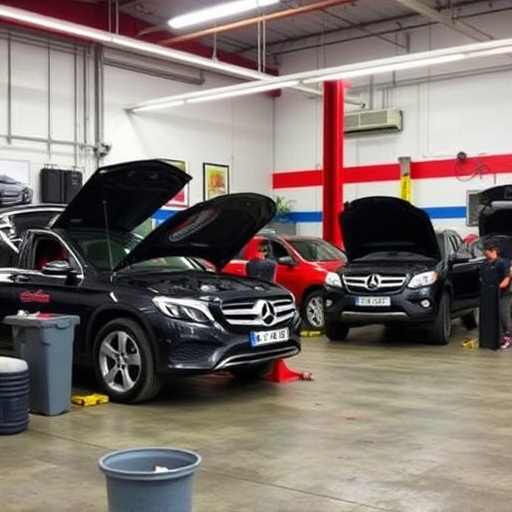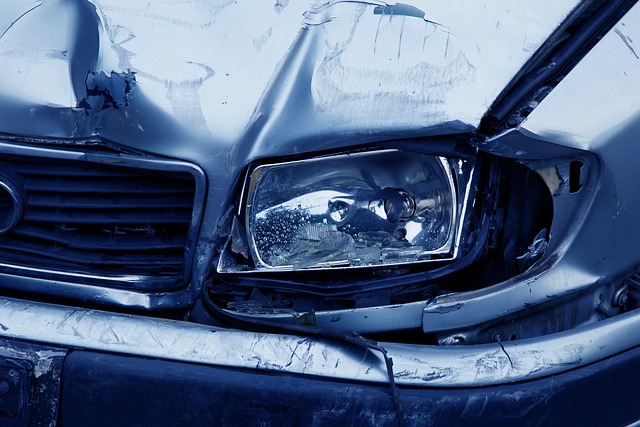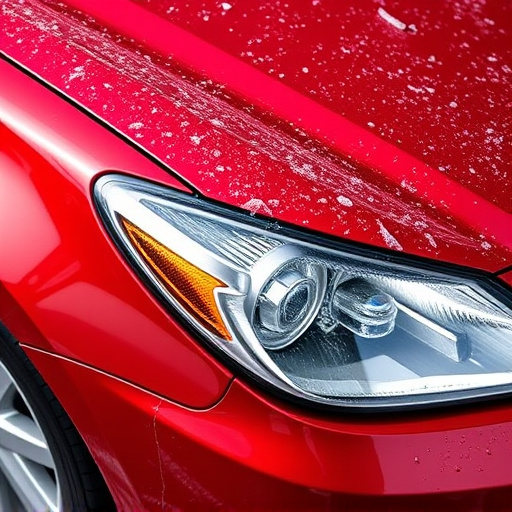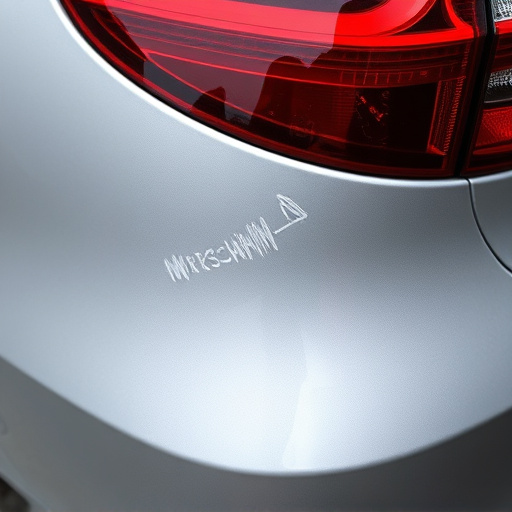A post-repair safety inspection is a vital step after vehicle collision repair or car bodywork restoration, identifying hidden dangers that could cause future accidents. This comprehensive assessment includes critical systems like brakes, lights, tires, and mechanical linkages. Conducted by skilled technicians, these inspections proactively ensure vehicle safety and functionality, mitigate risks, guarantee repair quality, and foster a culture of safety beyond the shop walls.
A post-repair safety inspection is not just a formality; it’s a critical step in preventing future accidents. After repairs are completed, potential hazards often go unnoticed, lurking beneath the surface. This comprehensive guide explores how a meticulous post-repair safety inspection uncovers these hidden risks, enhances overall safety, and acts as a proactive measure against unforeseen incidents. By adopting a methodical approach, we can ensure sustained safety and avoid preventable accidents.
- Uncovering Potential Hazards After Repair
- Enhancing Safety: A Methodical Approach
- Preventive Measures: Key to Future Accident Avoidance
Uncovering Potential Hazards After Repair
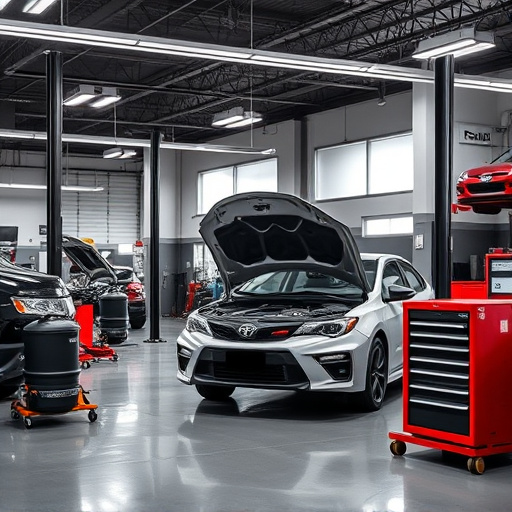
After a vehicle collision repair or car bodywork restoration, what may seem like a successfully fixed vehicle could still harbor potential hazards. Without a thorough post-repair safety inspection, these hidden dangers can go undetected and lead to future accidents. These risks might include weak or improperly aligned components in the car’s structure, subpar car paint services that fail to provide adequate protection, or faulty systems that haven’t been fully tested.
A comprehensive post-repair safety inspection acts as a critical quality control measure. It involves meticulous examination of every part of the vehicle, from structural integrity checks to evaluating the quality of repairs and finishes like car paint services. By addressing these issues before the repaired vehicle hits the road, you significantly reduce the chances of subsequent accidents, ensuring safer driving conditions for everyone on the road.
Enhancing Safety: A Methodical Approach
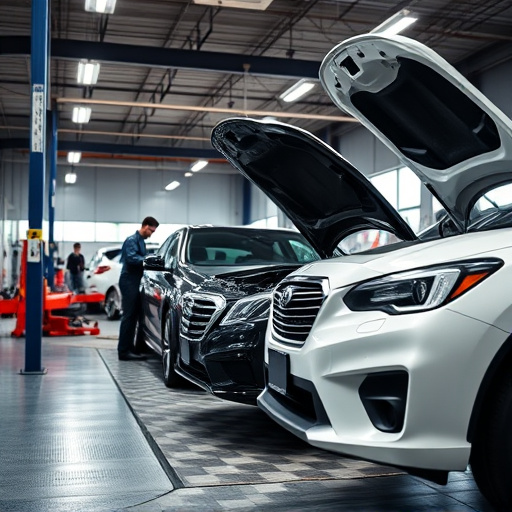
A post-repair safety inspection is a methodical approach that goes beyond fixing visible damages to ensuring the overall safety and functionality of a vehicle. Following a collision or bumper repair at a collision center, this meticulous process involves a comprehensive assessment of all critical systems. Skilled technicians inspect components like brakes, lights, tires, and mechanical linkages for any signs of weakness, wear, or misalignment that could pose future risks.
By adopting this proactive strategy, vehicle owners can mitigate potential accidents caused by overlooked issues. These inspections not only guarantee the quality of the repair work but also provide peace of mind, knowing their vehicle is safe to operate on the road. Regular post-repair safety checks are a vital step in maintaining a safe driving experience and preventing costly and dangerous incidents down the line.
Preventive Measures: Key to Future Accident Avoidance
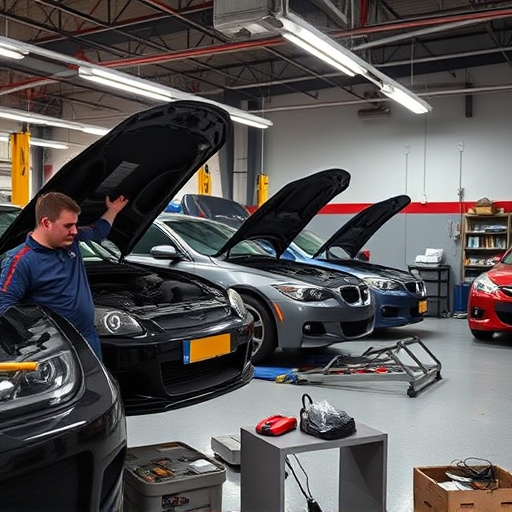
Preventive measures play a pivotal role in future accident avoidance. A comprehensive post-repair safety inspection is not just a routine check; it’s a proactive step that ensures vehicles return to the roads safely. Skilled technicians meticulously assess every component, from structural integrity to functional systems, identifying potential hazards before they escalate. This meticulous process, often overlooked, is a cornerstone in the auto body services industry, offering peace of mind to customers who rely on collision repair services.
By implementing these inspections, auto repair near me shops can significantly reduce reoccurrence rates and enhance road safety. It’s about more than just fixing dents; it’s about fostering a culture of safety that extends far beyond the shop walls, ensuring that vehicles and drivers alike are prepared to face the road’s challenges head-on.
A post-repair safety inspection is not just a formality; it’s a critical step in preventing future accidents. By meticulously assessing repairs and identifying potential hazards, we can implement preventive measures that enhance overall safety. This methodical approach ensures that our spaces remain secure, ensuring peace of mind for all. Incorporating regular post-repair safety inspections into our maintenance routines is key to fostering safer environments.
